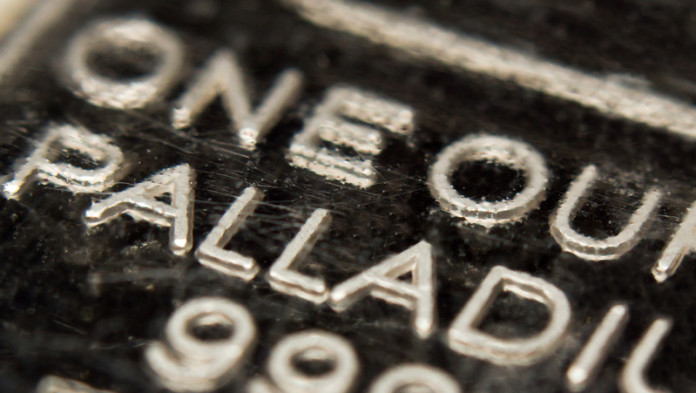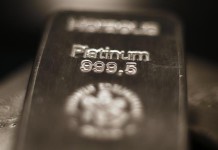
AN anti-dumping petition on Russian palladium exports to the US could give a further lift to the metal in 2026 if the measures were supported by the American authorities.
In July, Sibanye-Stillwater said it had filed the petitions with the US Department of Commerce and the US International Trade Commission (ITC). “We believe that Russian palladium imports are being sold below market prices due to various factors, starting just after Russia invaded Ukraine in 2022,” said the group’s then CEO, Neal Froneman.
From 2021 to 2024, US palladium supply from mining declined 27% and recycling supply fell 30%, the miner said. Over the same three year period, US palladium imports from Russia increased 34%. In 2025, imports have increased again, by 30%.
The price of palladium has gained 70% this year, although whether this has been solely down to the prospect of penalties on Russian exports – calculated to total 900,000 ounces last year – is questionable.
Palladium is forecast to be in deficit this year. Debasement trade, in which investors seek to diversify their exposure from the US economy, has also played a role, although this has been a greater factor in gold and platinum.
And despite Sibanye-Stillwater’s data on Russian volumes to the US, the anti-dumping petitions only generated direct positive sentiment towards palladium from August when the US Geological Survey said a complete loss of Russian palladium supply could lift domestic prices up to 24%.
This is according to commentary on October 17 by the World Platinum Investment Council which sought to assess the impact of Russian palladium exports to the US.
While the council deduced from US trade data that Russian sales had not been below market prices, it also pointed out that US authorities would most likely focus on the fact Russian exports benefited from production subsidies at home.
The question is whether the anti-dumping petitions will have longer term, structural effects on the palladium market?
The WPIC said that Russian palladium exports would be replaced by US production and recycling – but only over time. This would provide for some “upwards pressure” on the palladium price in the short-term.
UBS analyst Steven Friedman said in a note this week fundamental supply and demand factors could play positively for palladium. Firstly, mine supply was waning. Sibanye-Stillwater had cut output from the Stillwater mine to 200,000 oz/year, while Lac des Iles, Impala’s Canadian mine, was scheduled to close in 2026.
On the demand side, passenger vehicle production could be “surprising to the upside” and battery electric vehicle sentiment “dissipating”.
He added: “Palladium demand could continue to be resilient and reinforce its importance in industrial supply chains and the increasing willingness by the US to treat the metal as a strategic asset”.
For palladium to benefit in the long-term, broader G7 sanctions would have to be applied on Russian palladium exports “to drive a structural deficit and materially higher price environment”, said Friedman. This is especially true given the scope for rerouting of the metal to other markets, such as China.
There is also a question mark over when potential duties would be applied. The WPIC assumes this will be in December or January depending on when the US Government shutdown was resolved.











